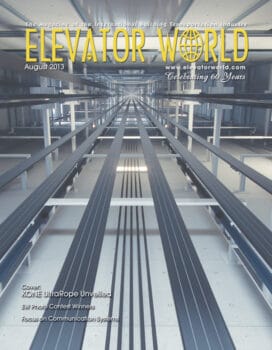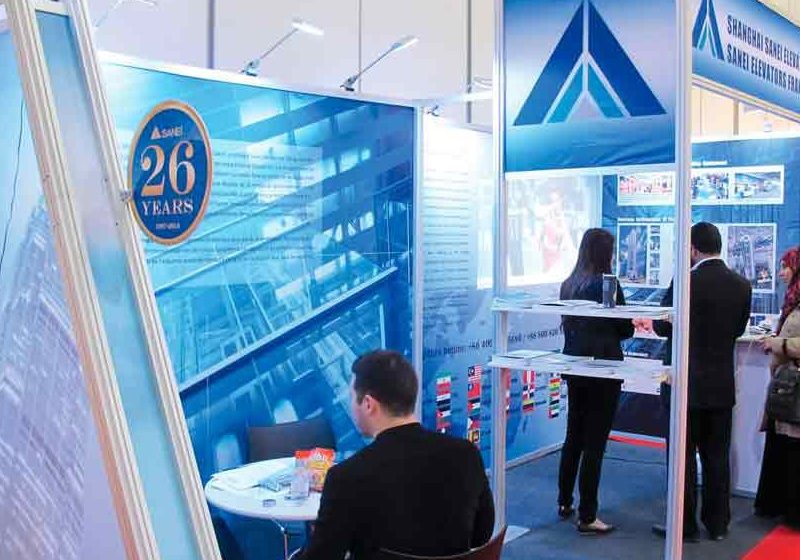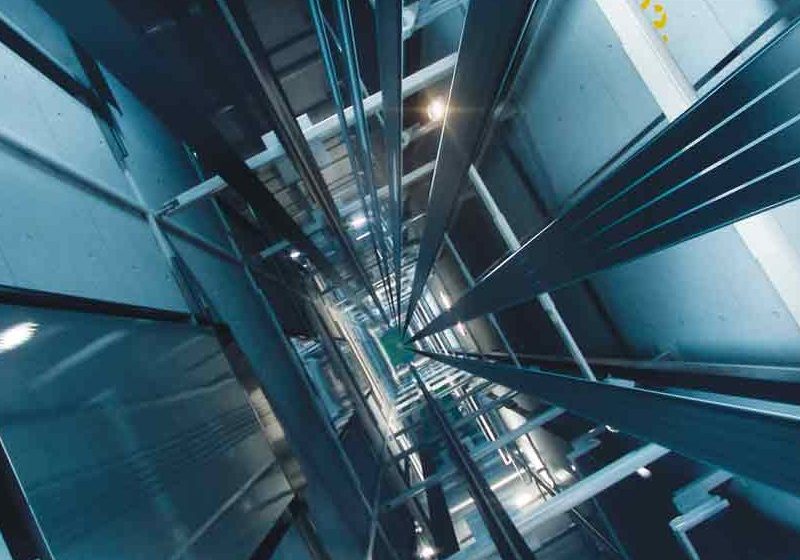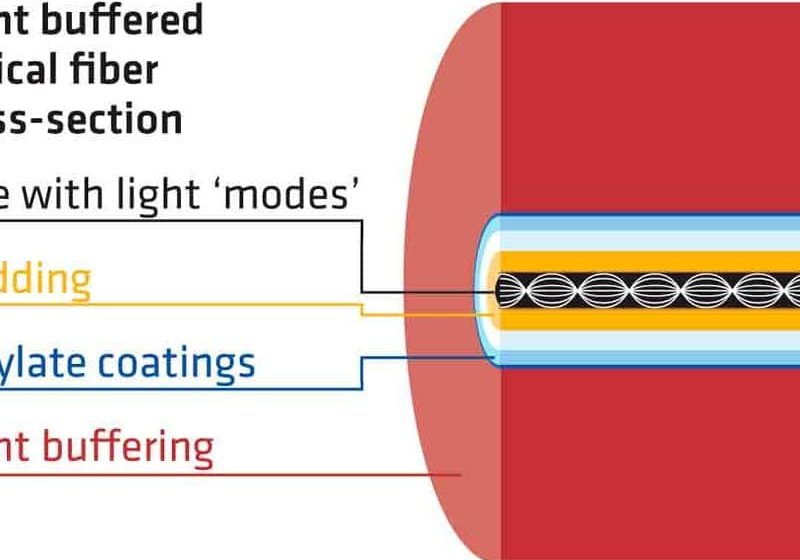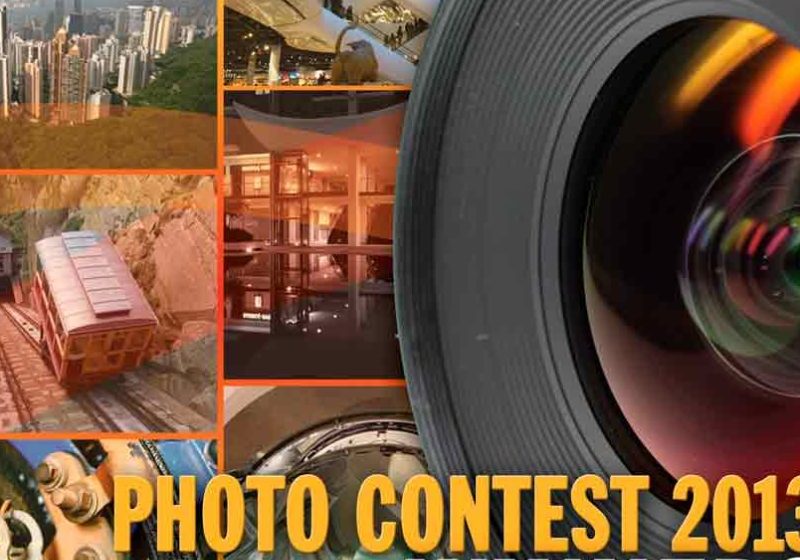I’ve always been fascinated by the ease with which people who use American Sign Language (ASL) are able to communicate with each other across fairly long distances and in noisy environments. This becomes more evident when I see ASL being used in subway cars when traveling on the New York City subway system. While the rest of us often refrain from speaking for lack of being able to be heard clearly, those communicating by means of ASL can do so with no regard to the screeching of steel wheels on steel rails and the garbled announcements that are, more often than not, an additional annoyance, as opposed to any assistance. In the midst of this mayhem, those proficient in the use of ASL, by maintaining clear lines of sight with each other, can communicate with ease.
Our ability to effectively communicate with each other has often been described as what truly distinguishes humans from other species. However, the operative word here is “effective.” Our communication means must be effective, and this is all the more important during emergencies and, in particular, when traveling on elevators. We have decided to dedicate this month’s issue of ELEVATOR WORLD to elevator communication systems for this reason.
An article by Adam Sykes of Avire describes the complexities of properly programming elevator telephones and offers an alternative device interfaced with the emergency call button in the elevator car. This system is described as being easily installed and programmed by elevator mechanics and easily used by elevator passengers.
Also in this month’s issue, Kim Plemmons of ESRM Communications, LLC presents the latest ASME A17 code requirements for in-car communication systems, as well as how and when to test these systems.
Mark Abbott and John Pierce of Rath Microtech point out why it is still essential for elevator cars to be provided with reliable communication systems, despite the fact there are more cell phones in use in the U.S. today than there are people.
With the proliferation of audio and visual communication devices being installed in elevator cars, the inclusion of optical fiber in elevator traveling cables is becoming common. Richard Taylor of Draka Elevator Products provides an article on the proper handling, installation and connecting of optical-fiber cables to elevator communication and control system components.
Another communication system is also described by Ning Li, Yihui Ruan and Bin Huang of the Jiangsu Province Special Equipment Safety Supervision Inspection Institute in Suzhou, China. This system has been developed to maintain safe working clearances at the tops and bottoms of elevator hoistways. It has been designed to monitor top and bottom car and counterweight clearances, and automatically send an alarm to an elevator mechanic’s mobile device if these importance clearances are infringed upon.
We have also included the results of EW’s first photo contest, representing the ultimate in visual communication. We are sure you will enjoy the fine winning photographs chosen by our readers, in conjunction with our editorial staff. It wasn’t an easy task for those who took the time to view the 202 entries and make selections of first-place winners and runners up in the categories of Skylines and Tall Buildings, Elevators, Escalators and Moving Walks, Inclined Lifts, and Elevator Cabs. We even added a bonus category, Machines and Components, allowing worthy entries that fit that category a place on these pages. We very much appreciate the efforts of you who participated in the contest as photographers and judges.
We are very pleased to have had such an overwhelming response to this month’s “Focus on Communication Systems,” which covered audible and visual aspects of the subject as it relates to various aspects of our industry. The only thing I think we left out of this month’s issue on communication has been the way in which some of us also communicate our thoughts and ideas musically. However, if I get the sense there is enough interest in us pursuing this subject further, I am quite certain that with very little prompting I might be able to get some of our industry members to participate in a future elevator industry musical-communication experience as well. So, as they say here in the U.S. during prime-time TV viewing, “Stay tuned!”
Get more of Elevator World. Sign up for our free e-newsletter.

